
Introduction

Introduction Part 2

Introduction Part 3
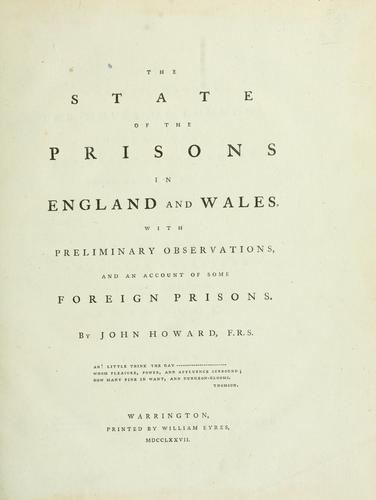
1777 John Howard publishes “The State of Prisons”
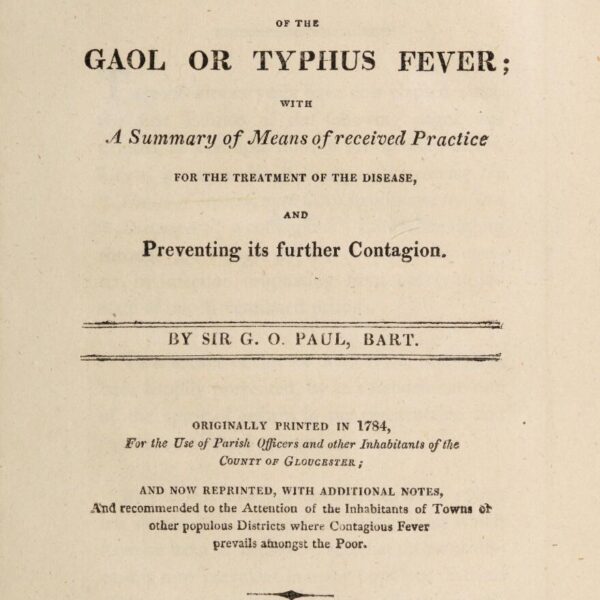
1779 Act for Preserving the Health of Prisoners

1786 Margaret Nicholson
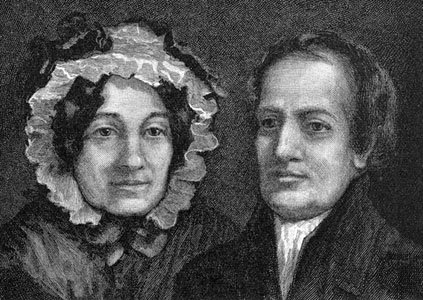
1796 Charles Lamb
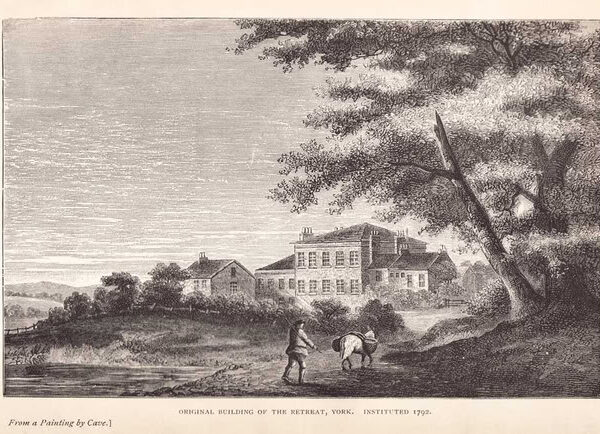
1796 William Tuke
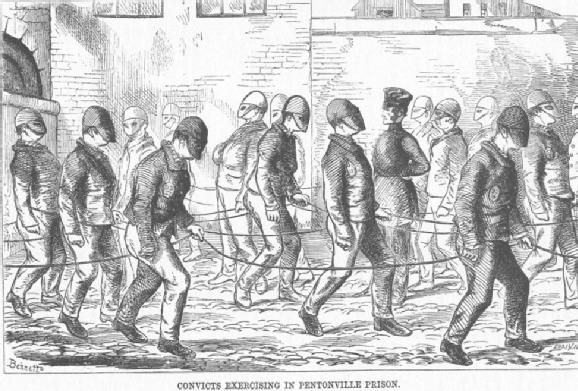
19th Century
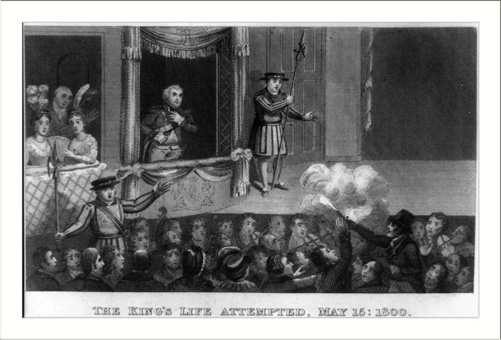
1800 James Hadfield
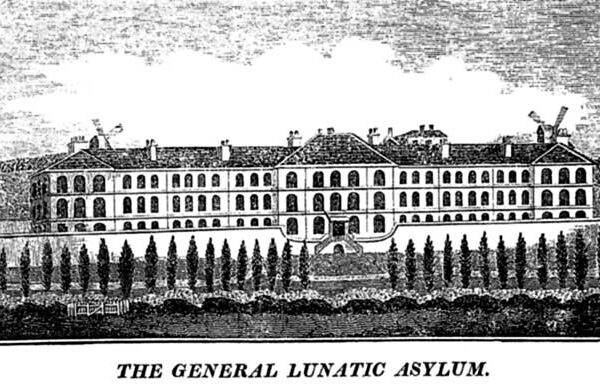
1808 County Asylum Act
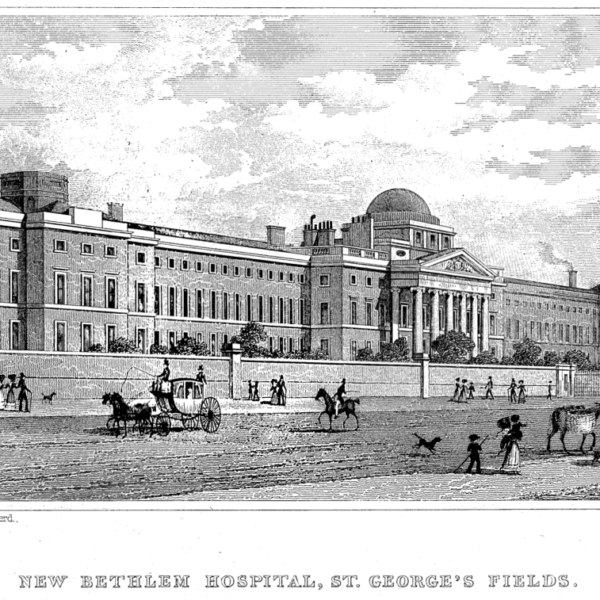
1814 Bethlem Hospital
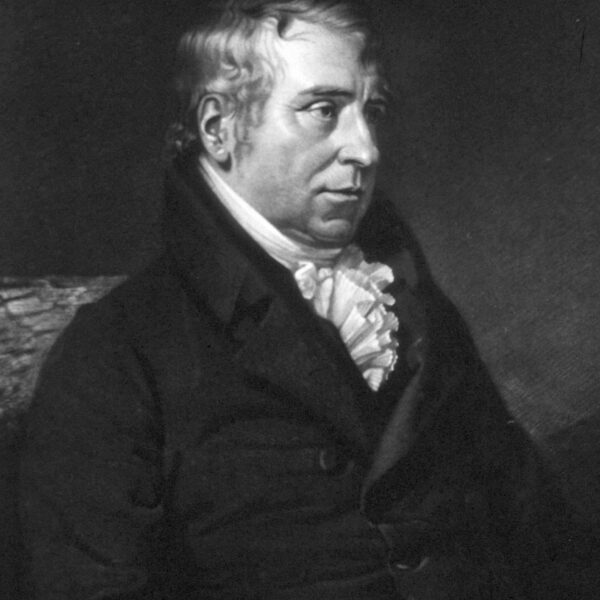
1817 Early Textbook of Forensic Psychiatry

1820 The Gaol Act

1836 R v Pritchard
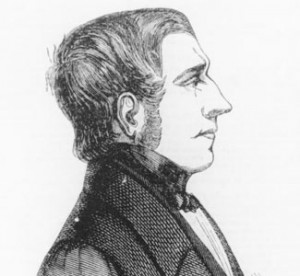
1843 The M’Naughten Rules for Insanity
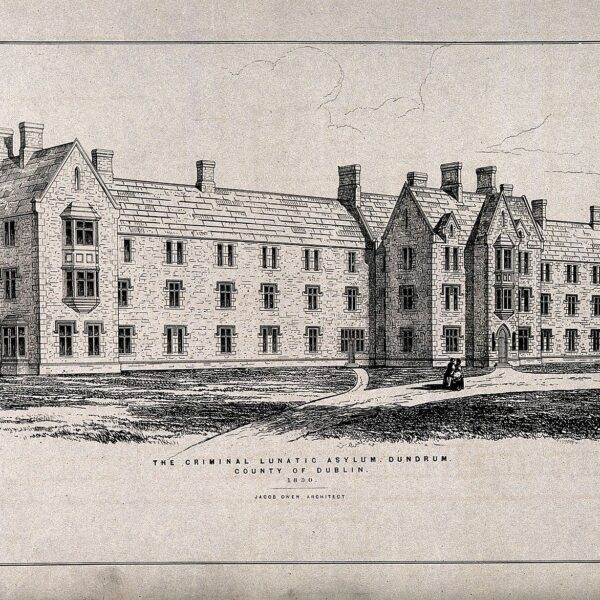
1845 Dundrum Hospital
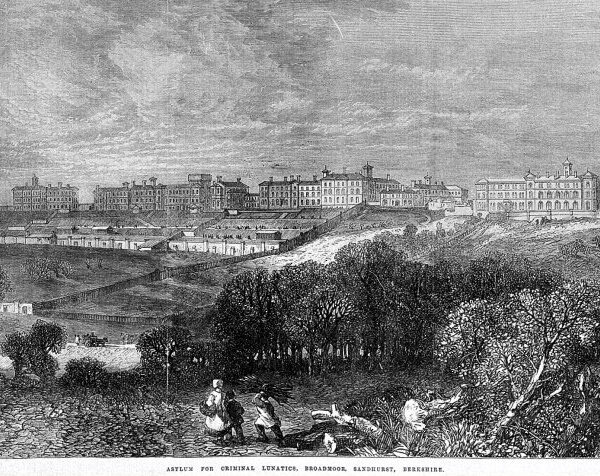
1863 Broadmoor Criminal Lunatic Asylum
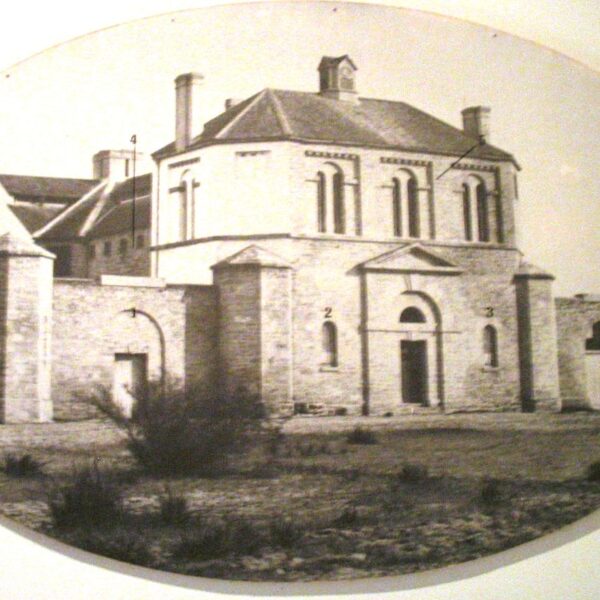
1865 Criminal Lunatics Department established in Perth prison.
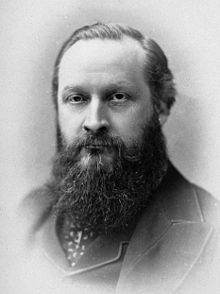
1874 Henry Maudsley published “Responsibility in Mental Disease”
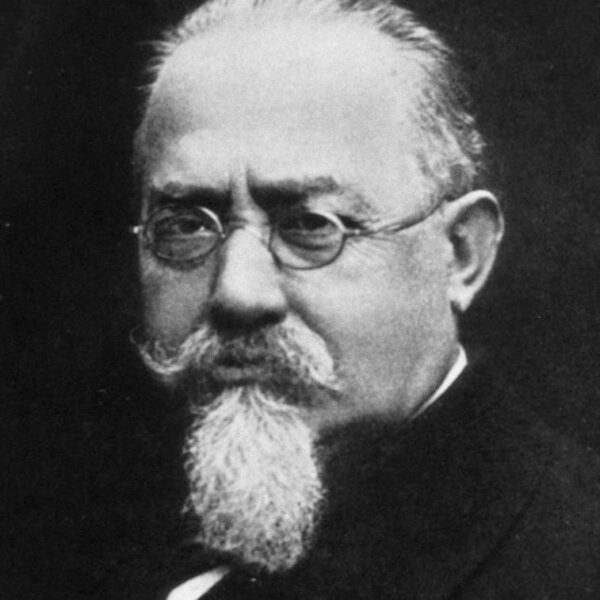
1878 Lombroso publishes L’uomo Delinquent (Delinquent Man)
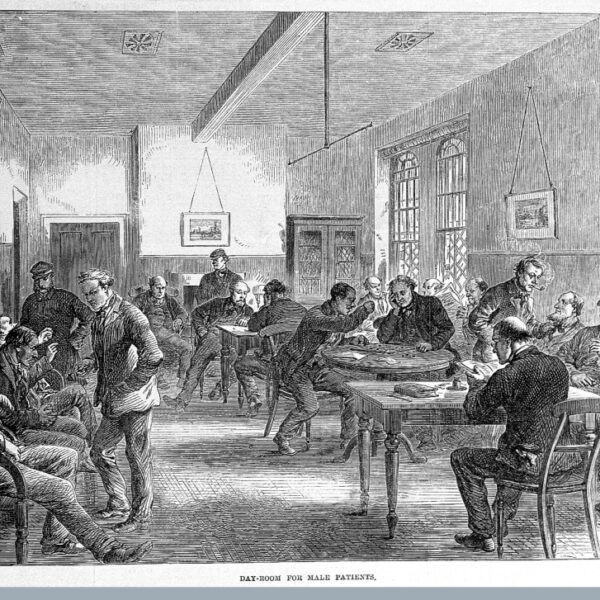
1887 Criminal Lunatics Act
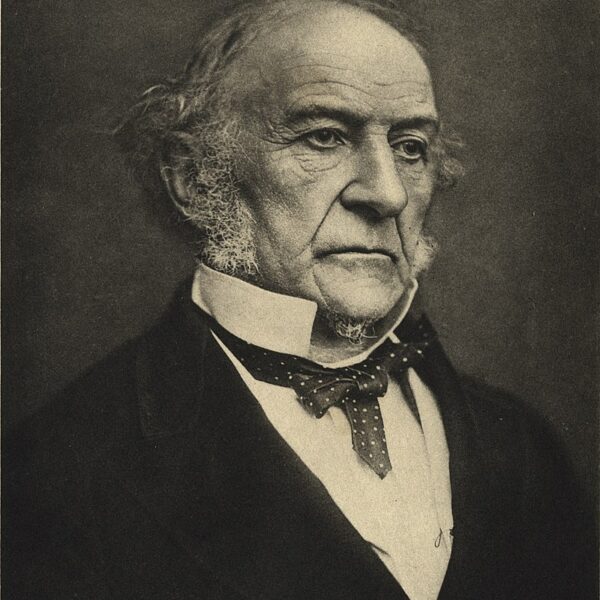
1895 The Gladstone Committee Report
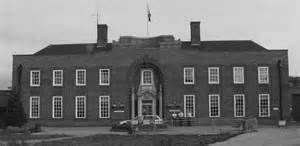
1899 Broadmoor Full

20th Century – The Development of Research and Policy and birth of Modern Forensic Psychiatry
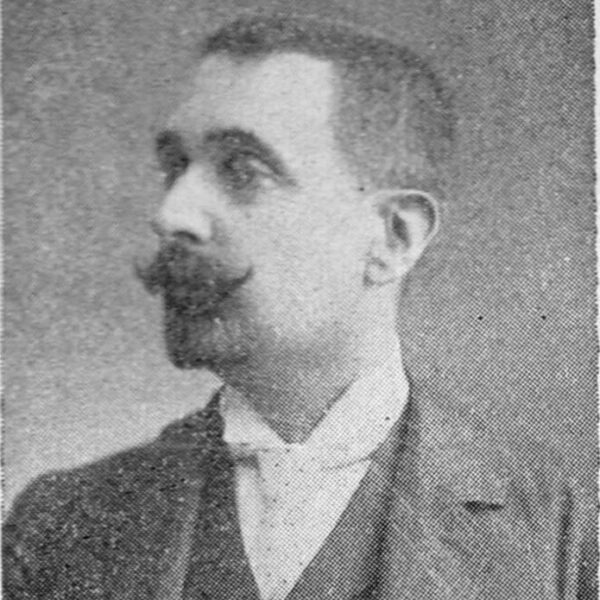
1909 First mention of the idea of an “epileptic personality”.
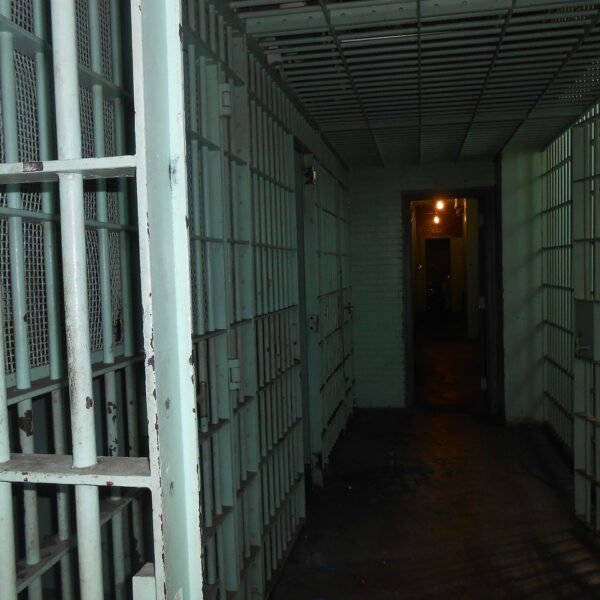
1912 Rampton Special Hospital

1913 Charles Goring a prison medical officer published The English convict: a statistical study
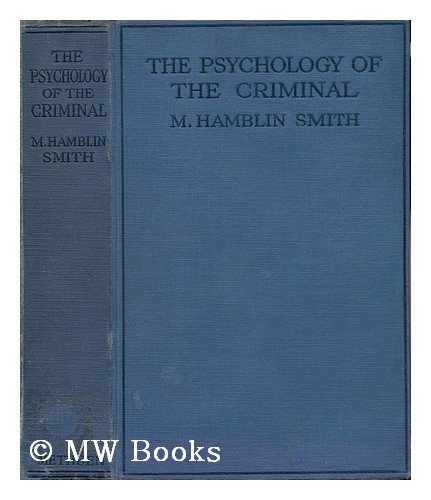
1922 The Psychology of the Criminal
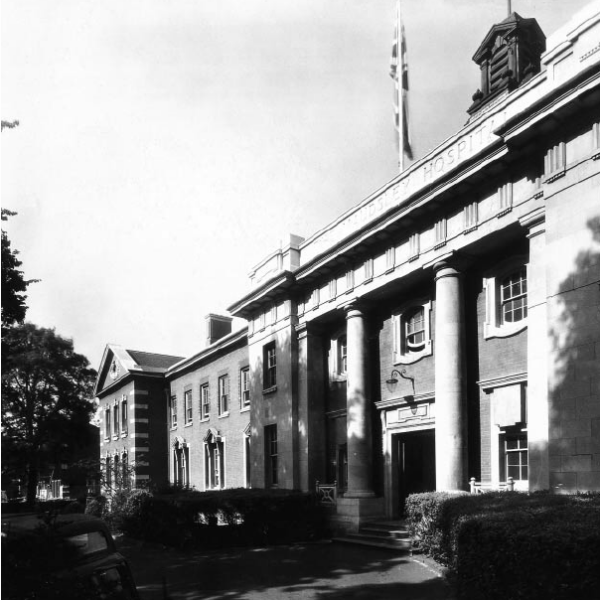
1923 Maudsley Hospital

1924 WC Sullivan publishes Crime and Insanity

1926 Report on Lunacy and Mental Disorder

1930 Mental Health Act

1931 Modern British Criminology Begins

1933 East, Hubert Report Published
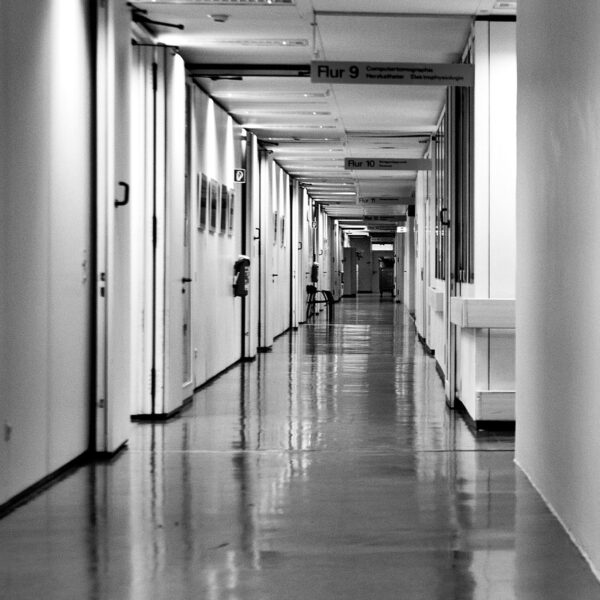
1933 Psychopathic Clinics

1934 Textbook of Forensic Psychotherapy

1936 Medical Aspects of Crime Published
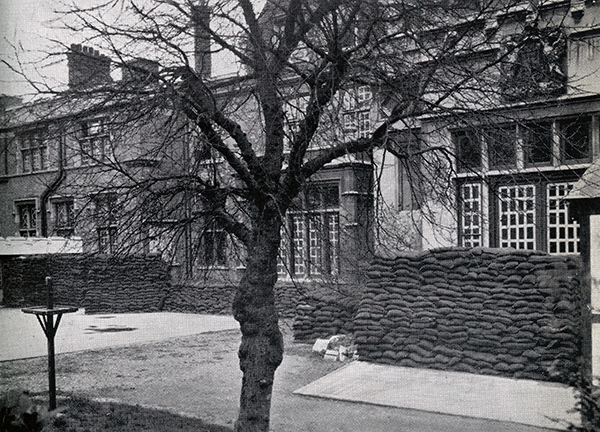
1937 The Psychopathic Clinic became the Portman Clinic

1939 The East-Hubert Report published by the Home Office
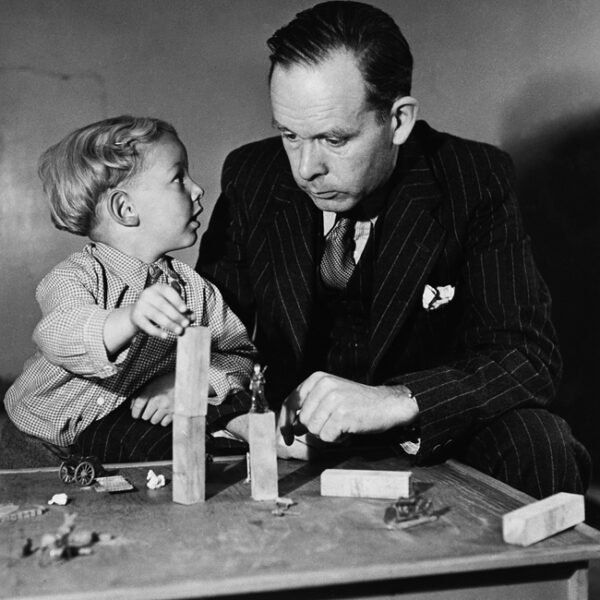
1942 John Bowlby

1942 Publication of “The Adolescent Criminal”
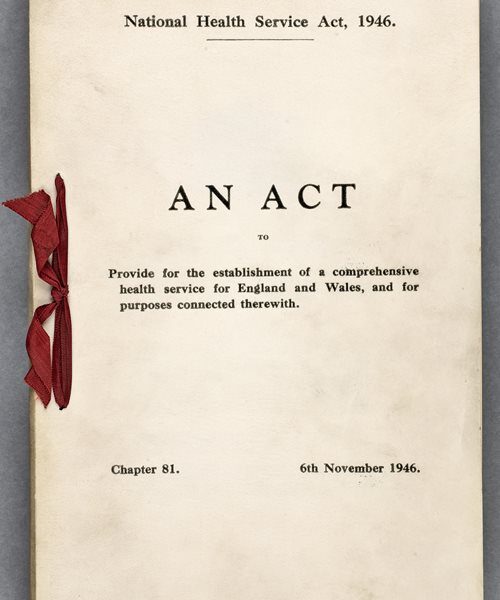
1946 National Health Service Act
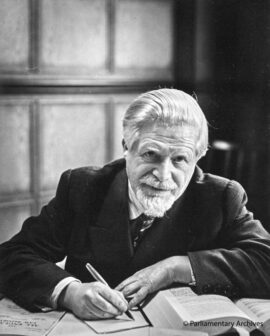
1948 Criminal Justice Act

1949 “Society and the Criminal” Published

1950 Timothy Evans and John Christie

1951 ISTD Splits

1953 Events leading to Homicide Act 1957

1955 Ruth Ellis hanged
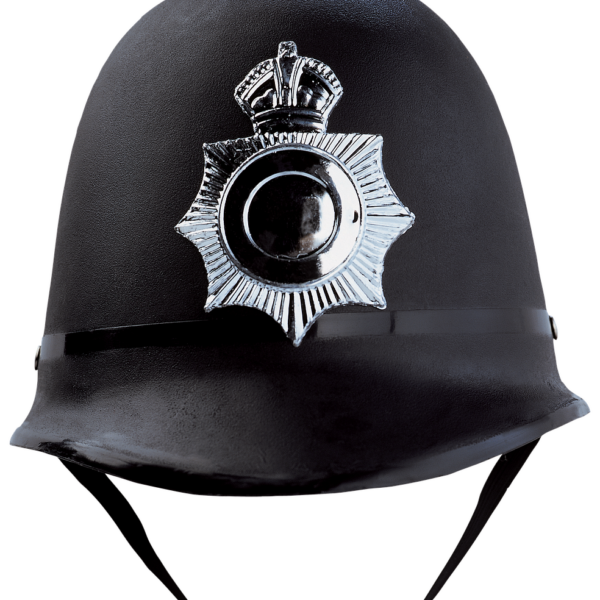
1957 The Homicide Act
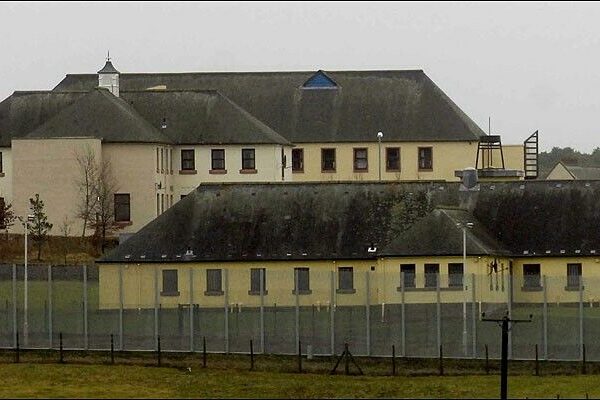
1957 Scottish State Institution for Mental Defectives

1959 The Mental Health Act
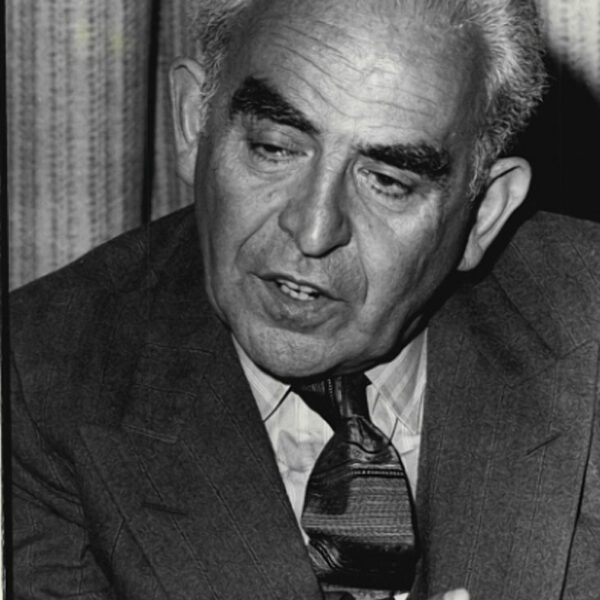
1960 Worlds First Institute of Criminology

1961 British Society of Criminology

1961 West & Farrington Study

1962 Grendon Prison opened
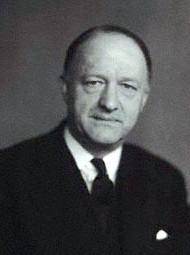
1975 The Butler Report

1976 Interim Secure Units

1977 Epileptics in Prison survey

1978 Psychiatric Aspects of Imprisonment

1980 Care Standards in High Secure Units
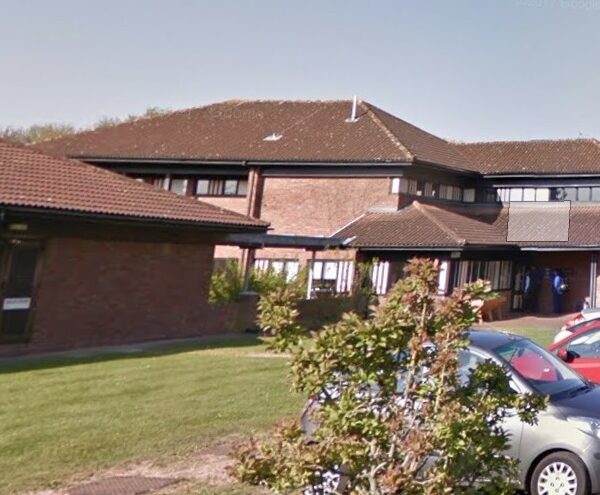
1980 Medium Secure Units

2018 Forensic Psychiatry university chairs unfilled

2016 Record Prisoner Suicides

2016 Broadmoor Rebuilt

2014 2nd Edition of “Forensic Psychiatry, Clinical, Legal & Ethical issues” published

2014 The forensic psychiatric specialty published

2013 Launch of Crime In Mind

2013 NHS Responsibility

2012 Scottish State Mental Hospital Rebuilt

2011 Ghent Group Seminars

2010 DSPD Unit Closed

2010 MOJ Savings

2006 QNFMHS

2006 Home Office Research Study 299 published

2004 Ghent Group launched

2003 Daksha Emson Report

2002 Department of Forensic Mental Health Sciences established

2000 Mental Health Act Reform

2000 Criminal Justice and Court Services Act

2000 Security Panic

1999 DSPD White Paper

21st Century

1999 Scandal of Ashworth Special Hospital
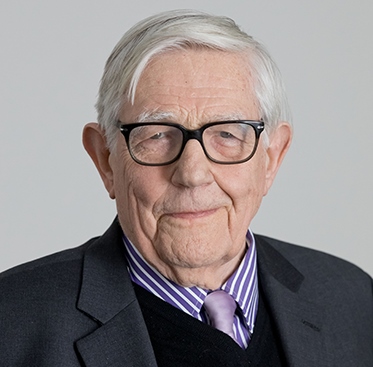
1993 Gunn & Taylor
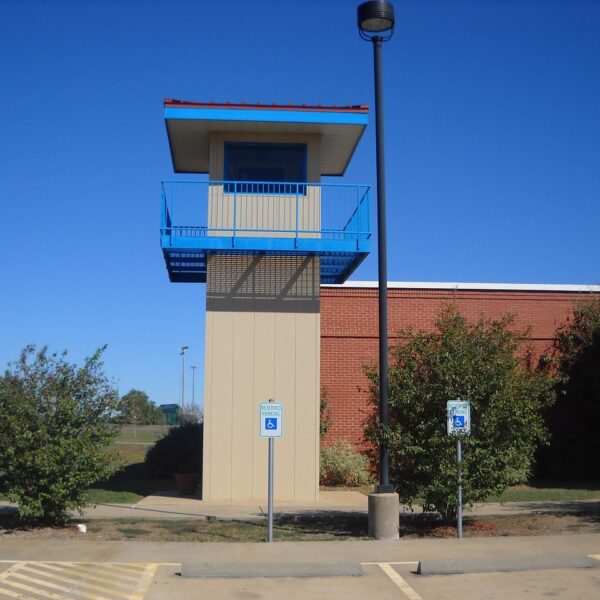
1992 Publication of the “Reed” report

1990-2002 new chairs of forensic psychiatry developed with NHS funding
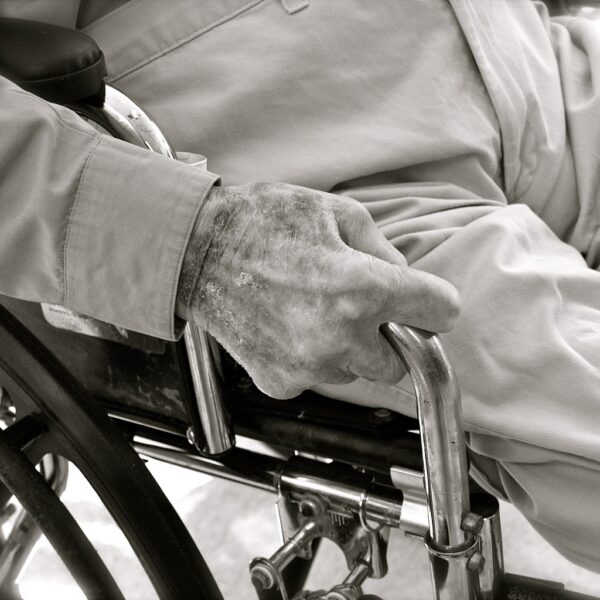
1990 Second Public Enquiry
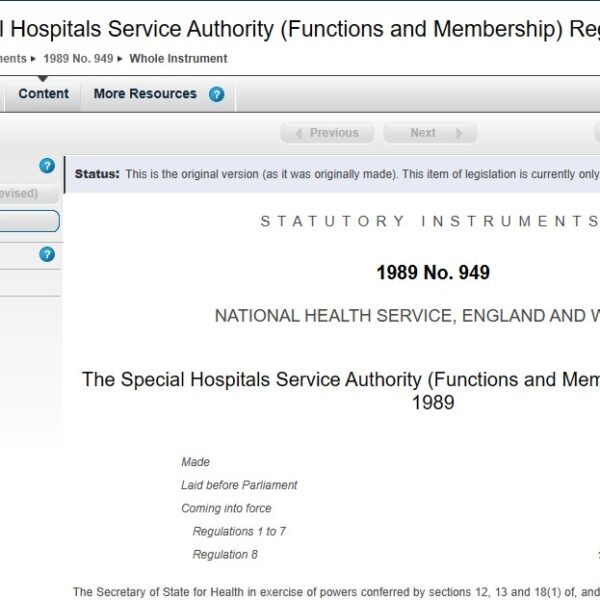
1989 The Special Hospitals Service Authority

1988 Forensic Psychiatry Independance

1985 MRC Funding cut

1985 “Initiative and Inertia” published

1985 The Denis Hill Unit opened at Bethlem Royal Hospital

1984 Park Lane Hospital (later Ashworth Hospital) opened.

1982 IoP awarded MRC Grant

Introduction
Andrew Forrester, one of our committee has characterised forensic psychiatry as “a subject so easy to marginalise and to dismiss.” Many members of the public are not sure what specialty is about, it’s something to do with pathology and dead bodies because the title includes the word “forensic”; others may glean their information from the cinema or novels.
An American study of the way in which forensic psychiatry is portrayed written by Gharaibeh (2005) concludes that “the image of psychiatrists/therapists in commercially available movies is not flattering: close to 1/2 violated boundaries, close to 1/4 committed a sexual boundary violation, and the psychiatrist/therapist was as likely to be incompetent as competent.”
We decided that one way of correcting these mistaken images is to provide a short history or timeline of the subject. It will quickly be seen that forensic psychiatry is seminal to the whole of psychiatry and was demanded as a skill by courts and lawyers before it had much in the way of treatment to offer.

Introduction Part 2
There are several ways to define forensic psychiatry. One useful way has been developed by a European study group in forensic psychiatry, called the Ghent group. they called it “a specialty of medicine, based on a detailed knowledge of relevant legal issues, criminal and civil justice systems. Its purpose is the care and treatment of mentally disordered offenders and others requiring similar services, including risk assessment and management, and the prevention of future victimisation.”
This is a bit long winded but it tells you that it is a branch of psychiatry which has a central concern with criminal behaviours in those with significant psychological and psychiatric dysfunction (Mullen and Ogloff).

Introduction Part 3
This charity is concerned with the academic aspects of forensic psychiatry which are endangered by a lack of government and university support. No specialty of medicine can flourish without conducting fundamental research and providing education to the next generation of potential specialists. As the timeline which follows shows prior to WW2, the first attempts at forming an evidence-base in offending in general, and the role of mental disorder, were made. This continued throughout the 20th Century, and a number of academic departments and posts were created and developed at Universities and within Special (high security) Hospitals.
Policy development also progressed, with governmental enquiries such as the Emery, Glancy and Butler reports. The birth of modern forensic psychiatry, with the establishment of the Regional Secure Unit (later “medium secure”) network for patients to “step-down” from the Special Hospitals to more local areas, occurred. This was arguably the most important development of recent years, and the intention was to have regional research units in England funded in conjunction with these. The development of Community Forensic Services followed but the early progress in academic forensic psychiatry has stalled.
We hope this timeline will give you an idea of the importance of the specialty and you may share with us the notion that its research needs to be developed to assist with crime prevention.
John Gunn.

1777 John Howard publishes “The State of Prisons”

1779 Act for Preserving the Health of Prisoners

1786 Margaret Nicholson
Margaret Nicholson attacked King George III with a knife. He saw the need for her care and treatment ‘I am not hurt – take care of the woman – she is mad – do not hurt her’.
She was sent to the Bethlem Hospital and not imprisoned.

1796 Charles Lamb
Charles Lamb called a doctor for his sister Mary Lamb. She had recovered from an episode of illness, but was relapsing.
The following day, she chased her assistant with a knife and killed her mother who had tried to intervene. She was imediately taken to a private hospital and, under order of the coroner and jury, ‘liberated on security that she be properly treated as a lunatic’.
She made a further recovery and, with her brother, wrote and published stories from Shakespeare that are still read today.
Few received such sensitive or successful treatment, but this was the beginning of a period of change.

1796 William Tuke
William Tuke founded the York Retreat, in part response to the death of a woman in the appalling conditions in Bootham Park Hospital, York. The Retreat provided comfortable surroundings, rejected the use of chains or manacles, otherwise commonplace for ‘lunatics’ of the time and encouraged occupational therapy and family visits.

19th Century
The 19th Century in England and Wales saw the main legal foundations laid of societal recognition of the role of mental disorder in offending.
A number of high-profile legal cases carried out by mentally disordered offenders were associated with Acts of Parliament leading to the concept of hospitalisation as opposed to imprisonment, and the development of specialist hospitals.

1800 James Hadfield
James Hadfield believed that he should die to save the world. Consequently, he attempted to assassinate King George III at the Drury Lane Theatre.
His previously good character was recognised, as was the likely physical precursor to his mental ill health – war wounds. This led to the Criminal Lunatics Act and the “special verdict” of “Not guilty by Reason of Insanity”.
Hadfield was detained in hospital for the rest of his life (first Bethlem, then Broadmoor). The Criminal Lunatics Act was the first Act of Parliament providing recognition of a special class of offenders with mental disorder.

1808 County Asylum Act

1814 Bethlem Hospital
Bethlem was founded in 1247 and is the oldest mental hospital in Europe. When it moved to St. George's Fields in 1815 the government paid for a special criminal lunatics wing to house James Hadfield and others like him.
This building may now be recognised as the Imperial War Museum - the central block remains and the special wings were demolished after the patients were transferred to Broadmoor.
The current Bethlem Royal Hospital is located in the London Borough of Croydon) (see Andrews et al 1997 “The History of Bethlem” Routledge).

1817 Early Textbook of Forensic Psychiatry

1820 The Gaol Act

1836 R v Pritchard
Fitness to Plead and Stand Trial.
The defendant was deaf, without speech and was learning disabled, being unable to understand and participate in the legal process; the Judge ruled in this case that he could not and this formed the basis of mental disorder being taken into account in an individual's ability to participate effectively in a case against them.
“There are three points to be enquired into:- first, whether the prisoner is mute of malice or not; secondly, whether he can plead to the indictment or not; thirdly, whether he is of sufficient intellect to comprehend the course of the proceedings in the trial so as to make a proper defence - to know that he might challenge any of you [the jury] to whom he may object - and to comprehend the details of the evidence, which in a case of this nature must constitute a minute investigation.'”

1843 The M’Naughten Rules for Insanity
Daniel M’Naughten attempted to assassinate the Prime Minister Robert Peel. He attempted to shoot both the Prime Minister and his Private Secretary, Edward Drummond.
He was stopped before he could kill Robert Peel.
He believed that he was being persecuted by the Tories and their spies.
In the subsequent trial medical evidence demonstrated that he was suffering from delusions and could not be held criminally responsible for his actions.
He was sent to The Bethlem Criminal Lunatic Wing and later Broadmoor Asylum. The famous painter Richard Dadd killed his father and was also admitted to Bethlem.

1845 Dundrum Hospital

1863 Broadmoor Criminal Lunatic Asylum
Broadmoor Hospital is one of three “High Secure” or “Special” hospitals for mentally disordered offenders in England and Wales, being the first and arguably the most high profile.
Rampton Hospital, in Nottinghamshire, was opened in 1912 as “Broadmoor Branch” to reduce overcrowding.
Ashworth Hospital was formed in the 1990s as a merger of Park Lane Hospital and Moss Side Hospital for similar reasons.

1865 Criminal Lunatics Department established in Perth prison.

1874 Henry Maudsley published “Responsibility in Mental Disease”
Dr Maudsley attempted to persuade lawyers and lawmakers that the M’Naughten Rules are impractical and unjust and he also set out a classification system of the different forms of mental disorder
archive.org/Maudsley/Responsibility

1878 Lombroso publishes L’uomo Delinquent (Delinquent Man)
Cesare Lombroso, regarded as the founder of criminology, on the mainland of Europe, published L’uomo Delinquent (Delinquent Man).
He believed that one third of criminals are distinguished from non-criminals by multiple physical anomalies. He suggested that criminals represented a reversion to a primitive or subhuman type of man.
This theory was discredited (see 1913, Goring) but Lombroso was probably the first to introduce scientific measurements and arguments into the study of offenders.

1887 Criminal Lunatics Act

1895 The Gladstone Committee Report
The Gladstone Committee Report was published by the Home Office (Cmnd.7702).
It said that reform and rehabilitation should be the primary objectives of imprisonment.
It contained the important maxim that prisoners went to prison as punishment and not for parchment.
All prison doctors were expected to have experience in the subject of lunacy.

1899 Broadmoor Full

20th Century – The Development of Research and Policy and birth of Modern Forensic Psychiatry

1909 First mention of the idea of an “epileptic personality”.

1912 Rampton Special Hospital

1913 Charles Goring a prison medical officer published The English convict: a statistical study
Charles Goring, a prison medical officer, published The English convict: a statistical study, and descriptive study of over 3000 English prisoners which demonstrated that Lombroso's theories were misconceived.
He concluded “the physical and mental constitution of both criminal and law-abiding persons, of the same age, stature, class, and intelligence, are identical. There is no such thing as an anthropological criminal type."
An early British pioneer in scientific forensic medicine.

1922 The Psychology of the Criminal
M.Hamblin Smith published "The Psychology of the Criminal".
Hamblin Smith was the first person to call himself a criminologist and he believed in the treatment of criminals rather than the punishment of criminals, using psychoanalysis.

1923 Maudsley Hospital

1924 WC Sullivan publishes Crime and Insanity

1926 Report on Lunacy and Mental Disorder

1930 Mental Health Act

1931 Modern British Criminology Begins

1933 East, Hubert Report Published

1933 Psychopathic Clinics
The ISTD opened a ‘Psychopathic Clinic’, the precursor of the Portman Clinic.
Moss Side Special Hospital also opened.

1934 Textbook of Forensic Psychotherapy
Prisoners in a Changing Civilisation by Morris Hamblin-Smith, published.
A textbook of forensic psychotherapy.

1936 Medical Aspects of Crime Published

1937 The Psychopathic Clinic became the Portman Clinic

1939 The East-Hubert Report published by the Home Office

1942 John Bowlby

1942 Publication of “The Adolescent Criminal”

1946 National Health Service Act

1948 Criminal Justice Act
The Criminal Justice Act abolished hard labour, penal servitude & whipping.
In the same year Sydney Silverman MP introduced a private members bill to suspend the death penalty for five years but it was defeated in the House of Lords.
Image: Sydney Silverman, 1964, Parliamentary Archives, PUD/14/717

1949 “Society and the Criminal” Published
1949 Sir William Norwood East published "Society and the Criminal" discussing responsibility, sexual offenders, and the non-sane non-insane offender.
He argued for a special institution to treat the non-sane non-insane offenders echoing the East-Hubert report of 1933.

1950 Timothy Evans and John Christie
Timothy Evans a man with learning disability was wrongly hanged for the murder of his baby daughter. It was later discovered that the chief witness against him, his landlord, John Christie, was the murderer.
A proper psychiatric examination would have saved his life.

1951 ISTD Splits

1953 Events leading to Homicide Act 1957
19-year-old mentally handicapped and epileptic Derek Bentley was hanged for the murder of a policeman he did not kill. He was party to a burglary of a factory in Croydon with a 16-year old delinquent call Chris Evans. When they were discovered and cornered Evans's shot a policeman.
Both were convicted of murder, Bentley was sentenced to death and Evans to life imprisonment (in view of his age). This obvious injustice was not rectified by the Home Secretary and there was a public outcry.
Sir Denis Hill, the professor of psychiatry at the Maudsley Hospital examined Bentley in prison and urged a reprieve for Bentley because of the young man's mental conditions. The official disdain for Hill's evidence led Sir Denis to be a champion of forensic psychiatry.
Bentley was pardoned in 1998.
The same year the Royal Commission on Capital Punishment reported recommending raising the age limit for capital punishment from 18 to 21 years, and this was done after Bentley was hanged. It also recommended introducing a verdict of diminished responsibility on account of mental abnormality or psychopathic personality.
This led to the Homicide Act of 1957.

1955 Ruth Ellis hanged
Ruth Ellis was married to an alcoholic dentist, who she killed with a gun at the behest of a new boyfriend David Blakely who threatened her with violence.
She had suffered significant sexual abuse from her father when she was a child and probably suffered from posttraumatic stress disorder.
Her death sentence evoked a public outcry.
Her case together with that of Evans and of Bentley formed the basis of a popular movement to abolish the death penalty.

1957 The Homicide Act

1957 Scottish State Institution for Mental Defectives
Insane prisoners were moved from Perth prison in Scotland to the State Institution for Mental Defectives at Carstairs in Lanarkshire to establish Scotland's first secure hospital for mentally disordered offenders, to be known as the State Mental Hospital.
The Royal Commission on the Law Relating to Mental Illness & Mental Deficiency was also published introducing informality and outpatient care into treatment of mental disorder.

1959 The Mental Health Act

1960 Worlds First Institute of Criminology

1961 British Society of Criminology
The Scientific Group for the Discussion of Delinquency became the British Society of Criminology.
In its early years the British Society of Criminology looked to psychiatrists to play a prominent part in its affairs, but this slowly changed as criminologists began to question the importance of psychoanalytic theory and as psychiatrists became less interested in psychodynamics and more interested in organic and pharmacological problems.

1961 West & Farrington Study

1962 Grendon Prison opened

1975 The Butler Report
The influential BUTLER REPORT (Cmnd.6244) was published. This also had been occasioned by severe overcrowding at Broadmoor Hospital.
British forensic psychiatry was changed by this report.
The Butler Committee recommended firming up the Glancy proposals and developing regional (medium) secure units; much earlier transfer of mentally disordered prisoners to hospital; voluntary treatment for "psychopaths" in prison training units; proper after-care for offender patients; reviewable sentences, and the abolition of the mandatory sentence for murder.
Crucially they also recommended the development of academic forensic psychiatry.

1976 Interim Secure Units
The Labour government with Barbara Castle as its Secretary of State for health accepted the Butler proposals and ring fenced capital funding for the proposed regional medium security units. So there was a flurry of activity in 10 of the 14 regional health authorities in England (not Scotland or Northern Ireland) to convert existing psychiatric hospital wards into secure units, interim secure units (ISUs,) before the funds and plans were available to build purpose-built units.
The first ISU to open was at Rainhill hospital in Mersey in 1976, quickly followed by one in Prestwich and another at Knowle Hospital. A unit at Bethlem Royal Hospital opened in 1980 and those four served as role models for the rest of the country.
However the purpose-built units were long delayed. Even so by 1990 England and Wales had 19 functioning secure units providing 655 medium secure beds.
There has been quite a lot of expansion since that time and many of the original units have been enlarged or completely re-built as the parent mental hospital site which originally housed them was sold for other purposes.

1977 Epileptics in Prison survey

1978 Psychiatric Aspects of Imprisonment
A further Institute of Psychiatry study Psychiatric Aspects of Imprisonment was published outlining the history of prison psychiatric services and the development of Grendon prison.
A study in Grendon prison showed that's significant psychological change occurs in the therapeutic environment which was not matched by similar prisoners who did not go to Grendon.
Some changes were also noted in Wormwood Scrubs prisoners who received psychiatric treatment of these were not as extensive as the changes shown in Grendon prisoners.

1980 Care Standards in High Secure Units
Large secure institutions are potentially vulnerable to abuse. High security (special) hospitals are no exception and in the 19th century Broadmoor Hospital was subject to at least two major investigations because of rumours of malpractice.
In the 1980s there were a number of inquiries into the unexpected deaths of some black patients. There were 3 formal enquiries into the standards of care in the high security hospitals in the 1980s and 90s.
The first such investigation known as the Boynton Report was stimulated by rumours followed by a television programme which alleged abuse of and cruelty to patients at Rampton Hospital. The report was very critical and there were a number of voices demanding the closure of the hospital.
It wasn't closed but a new management structure was put in place and conditions improved.

1980 Medium Secure Units
The precursor of the Denis Hill Unit (the interim secure unit} opened at Bethlem Royal Hospital.
The four early medium secure units served as role models for the rest of the country.
However the purpose-built units were long-delayed. Even so by 1990 England and Wales had 19 functioning secure units providing 655 medium secure beds

2018 Forensic Psychiatry university chairs unfilled

2016 Record Prisoner Suicides

2016 Broadmoor Rebuilt

2014 2nd Edition of “Forensic Psychiatry, Clinical, Legal & Ethical issues” published
2014 Publication of: Gunn & Taylor forensic psychiatry, Clinical, Legal & Ethical issues (2nd edn.)
In October the Howard League pointed out that the MoJ spending cuts had resulted in a 41% reduction in officers in publicly owned prisons in less than 4 years.
Travis and Morris reported in the Guardian that the Secretary of State for Justice, Chris Grayling was trying to reduce the costs per prisoner in state owned prisons to those in the G4S super-large prison in Wolverhampton – Oakwood prison.
HMP Oakwood is a much criticized prison with very high levels of drug use and of self-harm.

2014 The forensic psychiatric specialty published

2013 Launch of Crime In Mind

2013 NHS Responsibility
NHS England became responsible for commissioning of all health services (with the exception of emergency care, ambulance services and out-of-hours services) for people in prisons (including youth offender institutions) in England.
At the 2013 spending round, the Ministry committed to further reductions of 10% in real terms between 2014‐15 and 2015‐16.

2012 Scottish State Mental Hospital Rebuilt

2011 Ghent Group Seminars

2010 DSPD Unit Closed
The Dangerous and Severe Personality Disorder (DSPD) Unit at Broadmoor Hospital was closed because of high costs and low efficiency.
It housed 48 men and cost £36 million to build, and approximately £300,000 per patient per year. The Home Office now believed that such patients should be treated in prison.
The DSPD unit appears to be an expensive failure but several observers note that the experiment raised awareness about personality disordered patients and their needs.

2010 MOJ Savings

2006 QNFMHS
The Quality Network for Forensic Mental Health Services (QNFMHS) was set up in 2006 by the College Centre for Quality Improvement (CCQI).
QNFMHS adopts a multi-disciplinary approach to quality improvement in medium and low secure mental health services.

2006 Home Office Research Study 299 published

2004 Ghent Group launched

2003 Daksha Emson Report
In Oct North East London NHS Strategic Authority published a report on the Daksha Emson case.
Dr Daksha Emson, a psychiatrist, and her daughter, aged three months, died following an extended suicide on 9th October 2000.
The enquiry concluded, among other things. Daksha's extended suicide was: predisposed by bipolar affective disorder, precipitated primarily by the biological consequence of giving birth and the absence of any protection through medication and influenced by psychosocial stresses impossible to assess precisely. Daksha was afraid of being stigmatised if others knew of her illness.
Suicide is the leading cause of maternal death. The majority of these women die by violent means as opposed to overdosing or more usual means of female suicide. Half of those dying had a previous psychiatric history.

2002 Department of Forensic Mental Health Sciences established

2000 Mental Health Act Reform
A white paper, Reforming the Mental Health Act was published in December.
Among other things it consolidated the government’s view that new DSPD services should be introduced.
Over 100 additional secure NHS places and 180 prison places for the DSPD group were envisaged.

2000 Criminal Justice and Court Services Act

2000 Security Panic
The security panic created by the Fallon report meant that the Labour government asked Sir Richard Tilt an ex-director of the prison service to undertake an enquiry into the security of all three high security hospitals in England.
Despite a very small problem concerning so-called "escapes" (usually runaways from escorted leave) and despite paying little attention to the main security device in a hospital, relational security, Tilt decided to recommend further external boundaries in the form of high metal fences around each of the hospitals outside their existing substantial brick walls.
From a cash-strapped NHS millions of pounds were immediately found by the government to put up these fences.

1999 DSPD White Paper
A white paper "Managing Dangerous People with Severe Personality Disorder (DSPD)" was published the same year (1999) and it proposed to detain and treat mentally disordered offenders who pose a significant risk of harm to others and themselves.
The white paper stated that 2,00-2,400 people in England and Wales were estimated to have DSPD, (98% men).
HMG set aside £126m over three years to develop the new services, £70m for prisons £56m for the NHS.
The term DSPD is unique to England & Wales has no medical meaning and no research basis.
The scheme was strongly opposed by most psychiatrists, but it went ahead.

21st Century
The 21st century has brought increasing wealth to the United Kingdom but with a maldistribution of that wealth.
Clinical forensic psychiatry has expanded, within a health service that is underfunded. Last century the NHS provided some funding for academic work, this been reduced substantially.
Universities are also facing financial difficulties and are expected to raise a lot of money from outside sources.
Further" security" has become a public preoccupation and competes with treatment for limited resources.
The number of beds available to psychiatry has fallen and even more mentally disordered people are remaining in an overcrowded and minimally funded criminal justice system.
In such a setting academic forensic psychiatry is in retreat whilst paradoxically the demand for its services is increasing. It will have to find new ways of funding its core research and its teaching.

1999 Scandal of Ashworth Special Hospital
1999 saw the publication of a further enquiry into Ashworth Hospital.
This time it was alleged that the so-called personality disorder unit, which specialised in the management of sex offenders, was out of control and was allowing visiting children to be groomed by patients on the ward.
The enquiry team led by Judge Fallon was asked to investigate into the unit but decided to extend their enquiry into the whole hospital. They were critical of the Blom-Cooper Report saying that insufficient attention was now given to security.
Staff both in the hospital and previous managers who had long since left the hospital were roundly condemned.
The psychotherapist in charge of the unit in question lost his job and other members of staff were referred first to the Department of Health for disciplinary proceedings and the medical staff were then referred to the General Medical Council for potential erasure from the register.
Neither the Department of Health nor the GMC proceeded with discipline or sanctions after the first preliminary enquiries and the report remains one of the most contentious in the history of NHS public enquiries.
The personality disorder unit was closed.
The enquiry further suggested that an independent review of all aspects of physical security at Ashworth Hospital should take place and be repeated at regular intervals.

1993 Gunn & Taylor

1992 Publication of the “Reed” report
Publication of the "Reed" report by Department of Health and Home Office.
The essence of the report was that mentally disordered offenders should receive care and treatment from health and social services rather than custodial care.
They also recommended the introduction of a hybrid order which would enable courts to sentence people to imprisonment as well as healthcare.

1990-2002 new chairs of forensic psychiatry developed with NHS funding

1990 Second Public Enquiry
The second public enquiry into the care and treatment of patients at high security hospitals was also triggered by a television programme and the new Ashworth Hospital (formed by amalgamating Park Lane and Moss Side hospitals) came under scrutiny of the investigation led by Sir Louis Blom Cooper.
It was highly critical of the hospital for putting too much emphasis on security and not enough on patient care and also allowing the possibility of staff physically and sexually abusing patients.
An extensive report was published in 1992.
As with the Boynton Report there were management changes followed by improvements.

1989 The Special Hospitals Service Authority
The Special Hospitals Service Authority was a special health authority of the National Health Service in England from 1989 to 1996.
It had responsibility for managing the three high security "special" psychiatric hospitals in England: Ashworth, Broadmoor and Rampton.
The Authority was abolished in 1996 when its commissioning functions passed to the High Security Psychiatric Services Commissioning Board, while each of the Hospitals became independently managed as a Special Health Authority in its own right.

1988 Forensic Psychiatry Independance

1985 MRC Funding cut

1985 “Initiative and Inertia” published
Initiative and Inertia by Barbara Stocking published. Research showing how health service changes come about and how they are delayed.
One of the four areas studied was the development of regional secure units outlining the slow progress of such units since the Butler Report.

1985 The Denis Hill Unit opened at Bethlem Royal Hospital

1984 Park Lane Hospital (later Ashworth Hospital) opened.
Park Lane Hospital (later Ashworth Hospital) opened.
Also the Institute of Psychiatry study published showing that homicidal behaviour is over represented in people suffering from schizophrenia.

